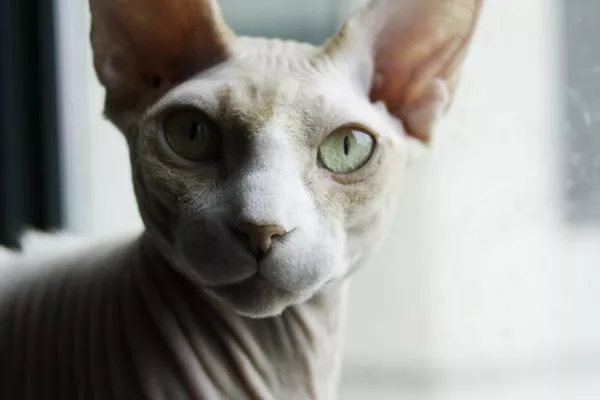Introduction:
For individuals with allergies who long to share their lives with a feline companion, hypoallergenic cat breeds offer a glimmer of hope. Among the breeds often associated with hypoallergenic qualities is the Balinese cat. Known for its striking appearance and elegant demeanor, the Balinese breed is often touted as a potential solution for cat allergy sufferers. In this article, we explore the truth behind the hypoallergenic claims of Balinese cats and shed light on their potential suitability for individuals with allergies.
Understanding Hypoallergenic Cats:
Hypoallergenic is a term used to describe cats that are believed to produce fewer allergens compared to other cat breeds. Allergens, primarily the protein Fel d 1, are found in a cat’s saliva, urine, and dander (dead skin cells). When these allergens come into contact with individuals who are sensitive or allergic, they can trigger allergic reactions.
The Balinese Cat’s Coat:
Balinese cats are known for their luxurious, semi-longhaired coat, which resembles that of the Siamese breed. Despite their appearance, it is important to note that the Balinese cat’s coat does not inherently make them hypoallergenic. While some people with allergies may report fewer symptoms around Balinese cats compared to other breeds, the hypoallergenic status is not guaranteed for all individuals.
Allergen Production in Balinese Cats:
The primary source of cat allergens is their saliva, as they groom themselves by licking their fur. While the Balinese breed does produce Fel d 1 allergen, like all cats, some claim that their hypoallergenic reputation stems from the fact that they may produce less of this allergen or that their fur may trap it more effectively. However, research and anecdotal evidence have shown conflicting results regarding the Balinese cat’s allergenicity.
Individual Allergy Sensitivities:
It’s crucial to recognize that allergies vary from person to person. Some individuals may find relief from allergic symptoms around Balinese cats due to the specific proteins they are sensitive to or the individual cat’s allergen production levels. However, others may still experience allergic reactions despite being around Balinese cats.
Reducing Allergen Exposure:
While hypoallergenic cat breeds can offer some relief, it’s important to note that no cat breed is completely allergen-free. However, there are steps individuals with allergies can take to minimize exposure to allergens:
Regular grooming: Frequent brushing and bathing of Balinese cats can help reduce the amount of allergens present in their fur.
Cleaning and air purification: Regular cleaning of the home, including vacuuming with a high-efficiency particulate air (HEPA) filter, can help reduce allergens. Using air purifiers may also help improve indoor air quality.
Personal hygiene: Washing hands after handling cats, avoiding face touching, and keeping cats out of the bedroom can help minimize exposure to allergens.
Consulting an Allergist:
If you have allergies and are considering adding a Balinese cat to your family, it is crucial to consult with an allergist or immunologist. They can conduct allergy testing and provide personalized advice based on your specific sensitivities and needs. This will help you make an informed decision about the compatibility of Balinese cats with your allergies.
Conclusion:
While the Balinese cat breed is often associated with hypoallergenic qualities, it is essential to approach their hypoallergenic status with caution. While some individuals with allergies may find relief around Balinese cats, it is not a guarantee for all allergy sufferers. The individual’s allergic sensitivities, as well as the cat’s allergen production levels, can play a


























